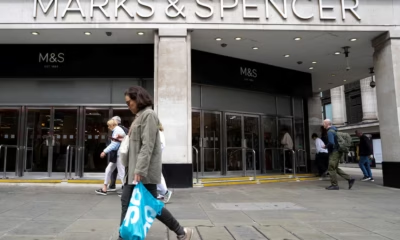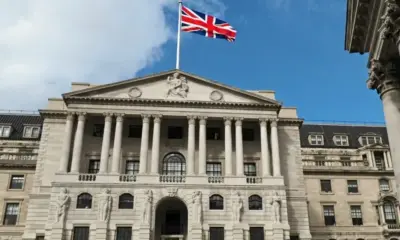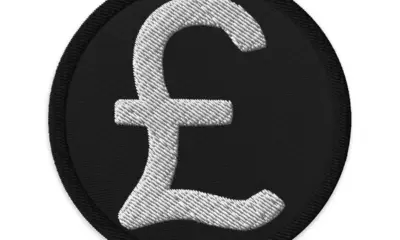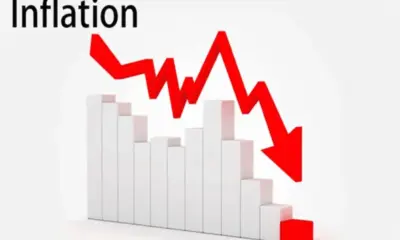Business
UK Inflation Eases Slightly but Pressure Persists on Consumer Spending
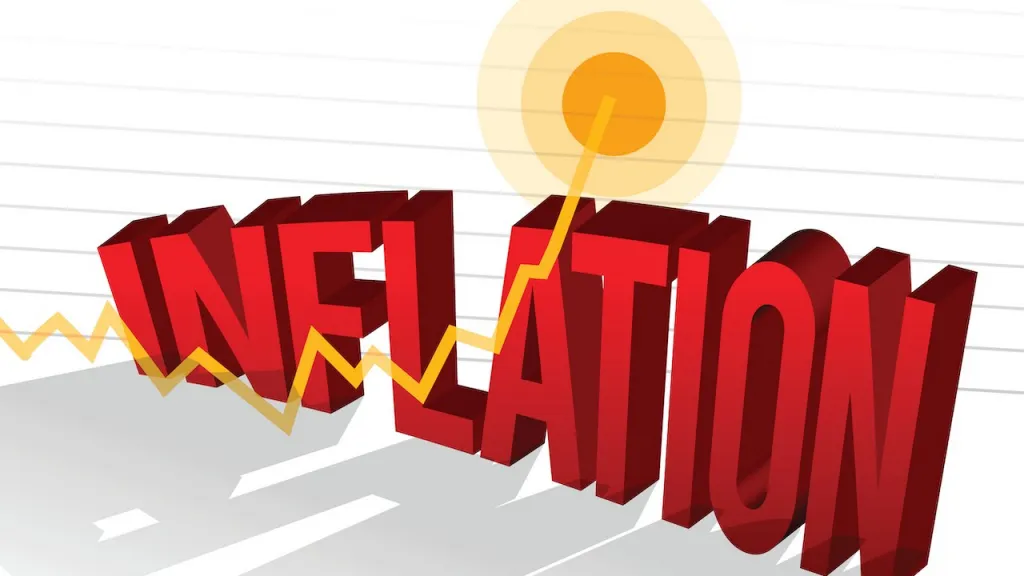
Introduction
The latest figures on inflation in the United Kingdom bring a cautious sense of optimism. While headline inflation has eased slightly, the cost of living remains a major concern for households. Data from the Office for National Statistics indicates that consumer price inflation slowed to around 3.8 percent in the year to August 2025, with the broader measure including housing costs (CPIH) falling to 4.1 percent. Although this signals progress, many families continue to struggle with high prices for everyday goods and services. The question now is whether this moderation will bring meaningful relief to consumers or if it merely reflects temporary stability before another round of inflationary pressure.
Inflation Trends and Key Drivers
The modest decline in inflation is largely attributed to easing price growth in transportation and housing. Transport inflation, once a significant driver of overall price rises, slowed to just over two percent as fuel and travel costs stabilized. Housing and utilities also showed signs of cooling, particularly owner-occupiers’ housing costs, which fell to their lowest level in more than a year.
However, these improvements were partially offset by continued price pressures in essential categories. Food inflation remained high at around five percent, reflecting ongoing supply chain issues and higher import costs. Services inflation, which covers everything from healthcare to hospitality, declined only slightly and remains above four percent. Core inflation, which excludes volatile components such as food and energy, stands at 3.6 percent, underscoring that underlying price pressures have not fully subsided.
Analysts expect inflation to average just above three percent for the remainder of 2025 before gradually moving closer to the Bank of England’s two percent target over the next two years. Yet even as inflation cools on paper, its real-world impact on consumer budgets remains persistent.
The Ongoing Squeeze on Household Spending
For many households, a small decline in inflation has not translated into financial relief. Real wages have stagnated as pay growth fails to keep pace with prices, and higher interest rates continue to erode disposable incomes. The Bank of England’s policy rate currently stands at four percent, a level that keeps mortgage payments and credit costs elevated. This has contributed to a more cautious approach to spending, with consumers prioritizing essentials and cutting back on discretionary items such as dining out, travel, and luxury goods.
Bank of England policymakers have highlighted the so-called “consumption gap,” where households respond more to their personal experiences of inflation than to official statistics. Families facing high grocery bills or rent increases often feel inflation far more acutely than the national average would suggest. This phenomenon has led to a noticeable reduction in retail activity and a slowdown in overall economic momentum.
Recent business surveys reveal that many companies are experiencing weaker demand, with hiring intentions at their lowest levels since 2020. Service-sector growth has also cooled as both consumers and firms delay spending decisions amid ongoing economic uncertainty.
Regional and Sectoral Disparities
The burden of inflation is uneven across income groups and regions. Lower-income households, which spend a higher proportion of their income on essentials such as food and housing, are bearing the brunt of rising costs. In contrast, higher-income households in London and the South East are somewhat better positioned to absorb these increases, although even these regions report growing caution in consumer behavior.
Retailers are adapting to this new landscape by offering larger discounts, delaying new product launches, and focusing on value-oriented marketing. The result is a retail environment that prioritizes affordability over premium offerings. Meanwhile, essential sectors such as groceries and household goods continue to see steady demand, while discretionary sectors such as fashion and entertainment face slower growth.
Policy Outlook and Economic Risks
The path forward for inflation will depend on both monetary and fiscal policy decisions. The Bank of England is expected to maintain a cautious stance, keeping interest rates elevated until it is confident that inflation will return sustainably to target. This means that borrowing costs for households and businesses are unlikely to fall in the near term.
Fiscal policy may also tighten as the government seeks to manage the budget deficit. Future spending cuts or tax adjustments could further limit disposable income and consumer confidence. Additionally, global risks such as fluctuating energy prices or renewed supply chain disruptions could reintroduce inflationary pressures.
However, there are also reasons for cautious optimism. Energy prices have stabilized compared to the peaks of 2022 and 2023, and improvements in global shipping costs are helping to reduce import expenses. If wage growth can remain steady without reigniting inflation, the UK economy could see a gradual recovery in purchasing power by mid-2026.
Conclusion
While the latest inflation data offers a glimmer of hope, the overall picture for UK consumers remains challenging. Price pressures in essential goods persist, real incomes are stagnant, and high interest rates continue to weigh on spending. Businesses are adapting to a more cautious consumer base, and policymakers face the difficult task of maintaining stability without stifling growth.
The coming months will determine whether inflation continues its slow descent or proves more stubborn than expected. For now, households remain in a delicate balancing act, managing higher costs while awaiting genuine relief. Until inflation falls closer to the Bank of England’s two percent target, the pressure on consumer spending is likely to remain a defining feature of the UK economy.



